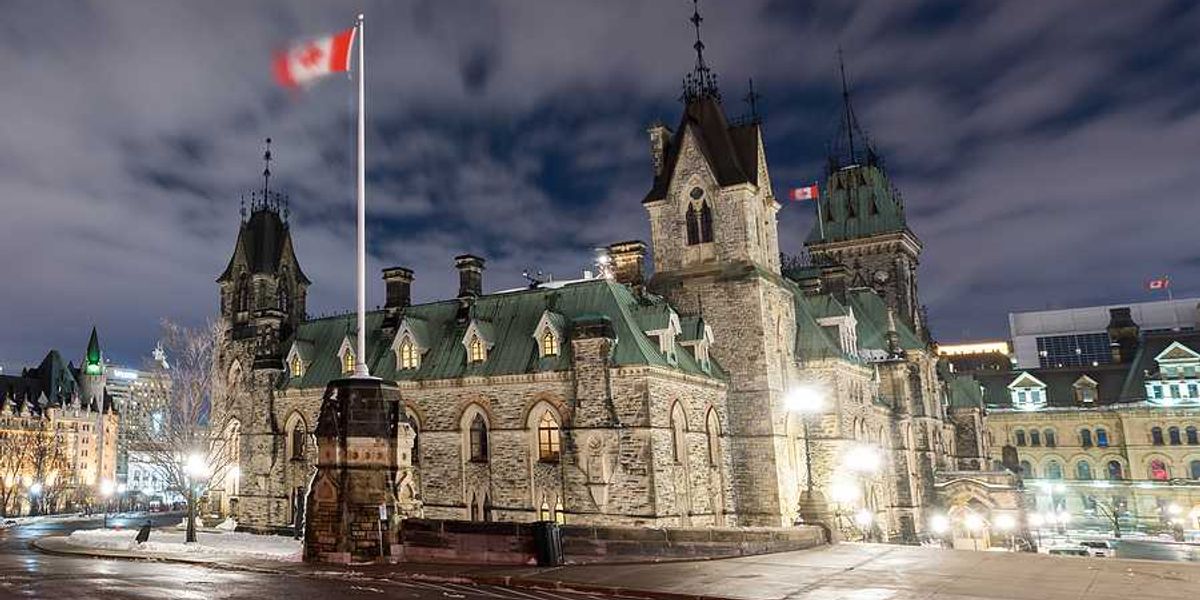biodiversity resilience
Fire's ancient practice returns to help Nebraska’s wildlife thrive
Conservationists in Nebraska are reviving the ancient practice of controlled burns to restore vital habitats for sandhill cranes and other species.
In short:
- Controlled burns clear away overgrowth, benefiting birds like sandhill cranes by creating open areas for feeding and nesting.
- These fires mimic natural and Indigenous land management practices, which are key to maintaining grasslands and promoting biodiversity.
- Species such as bears, prairie chickens and even pollinators like bees benefit from the new growth that follows controlled burns.
Key quote:
"The best way we can make sure that the grasslands stay grasslands, is by making sure that we're using tools to keep it in that habitat — tools like prescribed fires."
— Amanda Hefner, education manager, Rowe Sanctuary
Why this matters:
In Nebraska, the practice of prescribed burning is breathing new life into local species, from the cranes that rely on open spaces to the bears that find renewed food sources in berry bushes. This ancient practice could be one of the best ways to combat the wildfire risks and biodiversity loss we face today. Read more: Hands on the land, heart in community: Returning cultural fires.
A collaborative effort saves Clayoquot Sound's ancient forests
The Ahousaht and Tla-o-qui-aht First Nations will now oversee the conservation of 760 square kilometers of old-growth forests in Clayoquot Sound, with the support of philanthropic funding.
In short:
- The B.C. government and First Nations have designated 760 square kilometers of old-growth forests as protected conservancies.
- These protections nearly double the amount of safeguarded old growth in Clayoquot Sound to 1,639 square kilometers.
- Nature United provided $40 million to help First Nations buy out forestry-tenure holders, enabling this conservation effort.
Key quote:
"Collaborative work with First Nations is a cornerstone of our vision for old growth in this province."
— Bruce Ralston, B.C. minister of forests
Why this matters:
Protecting old-growth forests is important for maintaining ecosystem health, carbon storage, and cultural practices. By preserving these forests, we’re not only safeguarding the planet but also ensuring cleaner air and water for the surrounding communities. Read more: The push for standing forest protections in US climate policy.
Research highlights fungi's key role in carbon capture
The underground networks of plant roots and fungi are proving to be essential in sequestering carbon in the soil, according to recent studies.
In short:
- Kew Gardens' fungarium, the world's largest collection of fungi, showcases the biodiversity and ecological importance of fungi.
- Mycologist Laura Martinez-Suz's research reveals that fungi, particularly mycorrhizal types, are crucial for carbon storage in soils, influencing the effectiveness of reforestation efforts.
- Nitrogen pollution disrupts beneficial fungi, but reducing pollution levels can help restore these critical networks.
Key quote:
“Replacing the complete set of fungi with other fungi has implications for long-term carbon sequestration in soil and biodiversity.”
— Laura Martinez-Suz, mycologist
Why this matters:
Understanding and protecting fungal networks is useful for improving carbon capture and mitigating climate change impacts, putting a focus on the importance of reducing pollution and supporting biodiversity. Read more: How fungi could help clean up our biggest toxic messes.
Austria’s last-minute support enables EU Nature Restoration Law
After months of deadlock, the EU's Nature Restoration Law passed, driven by a crucial change of heart from Austria.
In short:
- Environment ministers in Luxembourg voted to pass the Nature Restoration Law, aiming to restore 20% of land and sea by 2030.
- Austria’s last-minute decision to support the law was pivotal in breaking the deadlock among EU countries.
- The law targets long-term ecosystem restoration but faced criticism for potential economic and administrative burdens on the agricultural sector.
Key quote:
“This law is pivotal to combat climate change. We need to ensure legal certainty for people using soil and land.”
— Leonor Gewessler, Austrian climate minister
Why this matters:
Restoring ecosystems is an important step forward towards mitigating climate change and preserving biodiversity. The EU's decision emphasizes the importance of legal frameworks in driving environmental action on a large scale. Read more: Appalachia is transitioning from coal. Here’s what it could learn from Germany.
Gardens can help combat climate and biodiversity crises
Gardens can play a crucial role in mitigating climate change and biodiversity loss, but they are being replaced by plastic and paving, contributing to environmental degradation.
In short:
- Urban green spaces, including gardens, are essential habitats for wildlife and help mitigate climate change.
- Many urban areas are losing green spaces to development, negatively impacting biodiversity.
- Gardens can act as carbon sinks and create corridors that link larger ecosystems, providing vital support for various species.
Why this matters:
Protecting and enhancing green spaces in urban areas is vital for supporting wildlife and combating climate change, offering both environmental and mental health benefits to communities. Read more: Finding climate solutions in communities instead of labs.
Protecting species from extinction is not enough
The loss of species abundance poses a serious threat to biodiversity and ecosystem functionality.
In short:
- Abalone populations have collapsed due to overfishing and environmental changes, including a marine heatwave and a sunflower sea star epidemic.
- The concerning issue is not species extinction but the collapse of wildlife populations, disrupting ecosystems.
- The decline of species like abalone signifies a broader biodiversity crisis driven by human activities such as pollution and habitat destruction.
Key quote:
"The more we slow climate change, the more evolutionary storylines can reach into the future. In other words, climate policy is biodiversity policy."
— John Reid, founder, Conservation Strategy Fund.
Why this matters:
The decline in species abundance affects ecosystem stability and human cultural heritage. Addressing this crisis requires comprehensive conservation strategies that go beyond preventing extinction to ensure the health and abundance of wildlife populations. Read more: The planet’s largest ecosystems could collapse faster than we thought.









